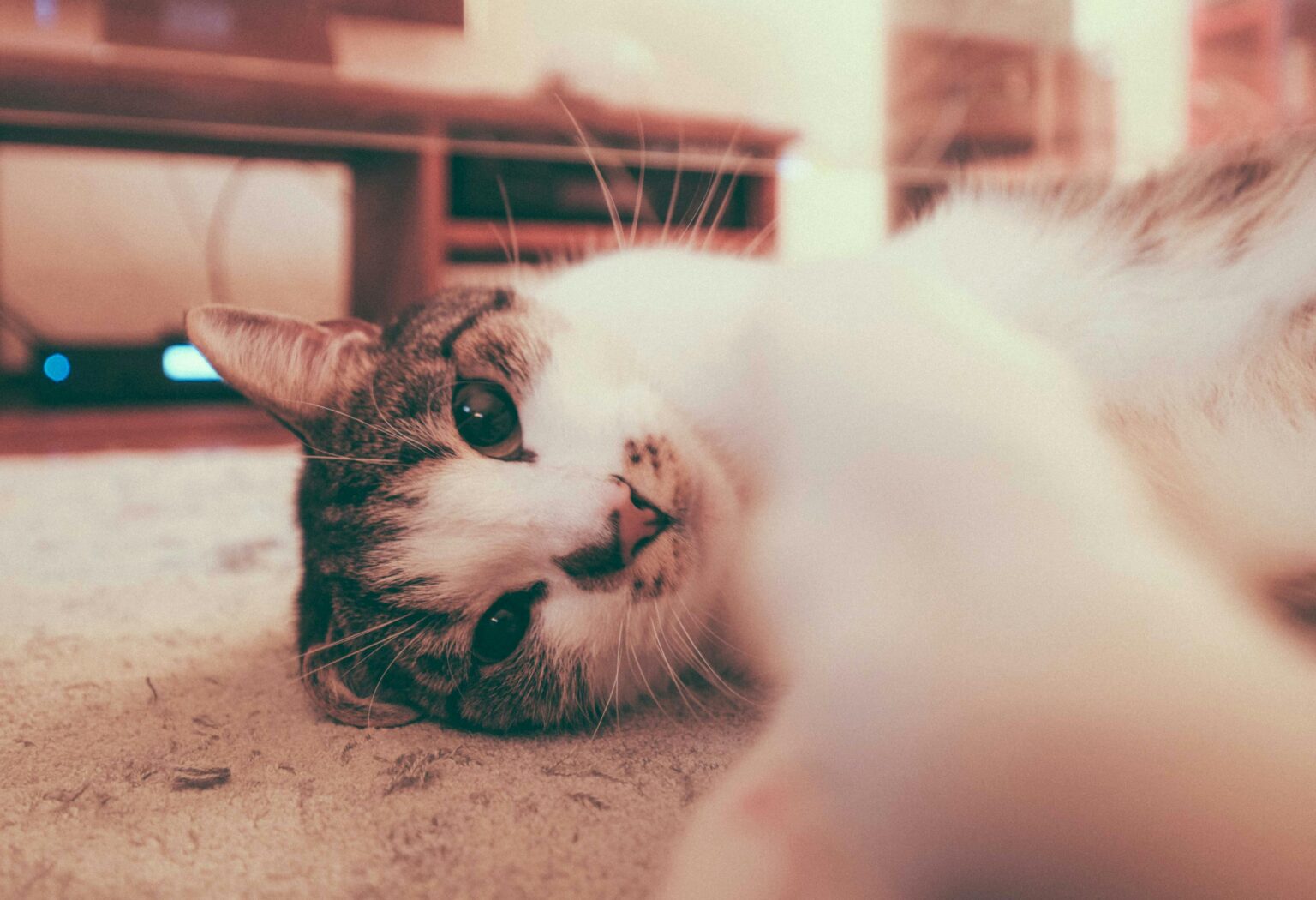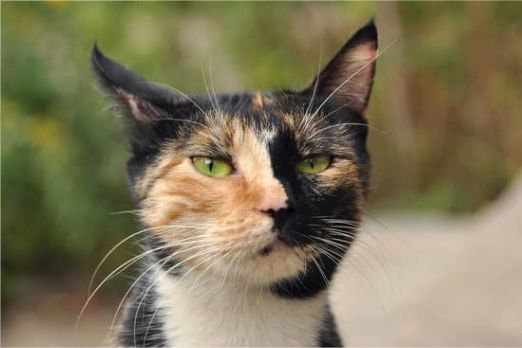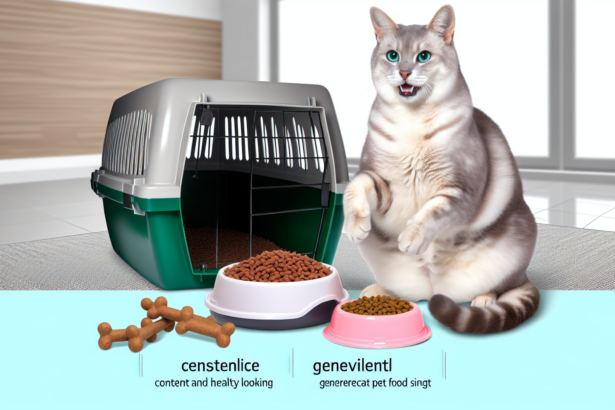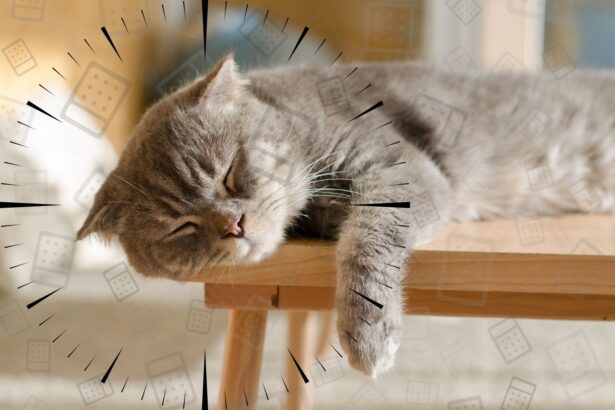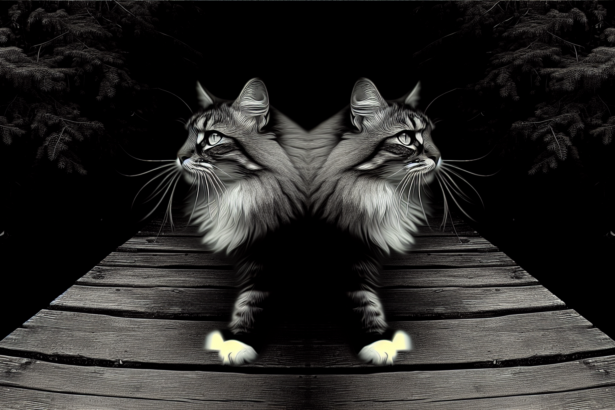Why cats paw: what this tender gesture really means
Have you ever watched your cat knead your lap like a tiny baker at work and wondered: why do cats paw? This endearing rhythm isn’t random. It’s a mix of comfort, instinct, and a sweet way to say, “you’re my safe place.”
- Why cats paw: what this tender gesture really means
- The many meanings behind your cat’s kneading
- Affection and trust (aka the biscuit of love)
- Comfort scent and “this is my spot”
- Prepping the perfect nap
- When pawing feels excessive: what to check
- Enjoy the moment (and protect your favorite sweater)
- Conclusion
- FAQ
You’ll also hear it called kneading or “making biscuits.” Whether it’s on your sweater, a blanket, or the air, the message is often the same: contentment.
Kitten roots: where kneading begins
- Newborn kittens knead to stimulate their mother’s milk flow.
- The movement becomes associated with warmth, safety, and satisfaction.
- That soothing memory often carries into adulthood.
So when your grown-up fluffball starts kneading and purring, they’re revisiting that cozy, happy place.
An instinct from wild feline ancestors
- Wild felids trample grass or leaves to prep a comfy, safe resting spot.
- Today’s cats keep that nest-making instinct—yes, even on your favorite throw.
- It’s a little ritual that says, “This is soft, safe, and mine.”
Fun fact: some cats even “air-knead,” paws paddling away while lying on their side. It looks funny, but it’s pure bliss mode.
Because kneading and purring often go hand in hand, you might enjoy this deep-dive into why cats purr and what it means for your bond.
The many meanings behind your cat’s kneading
Affection and trust (aka the biscuit of love)
- Kneading on your lap is a big trust signal—your scent is home.
- It’s your cat’s way of saying, “I feel safe with you.”
- Claws out? Not personal. They just get very, very relaxed.
Surprising detail: some cats drool when kneading. It’s a leftover reflex from nursing—and totally normal.
Comfort scent and “this is my spot”
- Cats have glands in their paws that can leave subtle scent markers.
- Kneading helps surround a nap zone with familiar comfort.
- That little routine lowers stress and reinforces calm.
If your cat also digs or scratches around fabrics or the floor, here’s more context on why cats scratch the floor and how it differs from kneading.
Prepping the perfect nap
- Before snoozing, many cats knead to soften and “shape” their bed.
- This nest-making echoes wild feline behavior.
- Provide soft blankets or a plush bed to support the ritual.
Practical tip: build a “kneading station”—a shallow basket with a rolled towel underneath a thick fleece. Lightly mist the fleece with cooled catnip tea once a week to make it extra inviting (always patch-test and let it dry fully).
Curious why your biscuit-maker often chooses you at bedtime? Discover why cats love sleeping with us.
When pawing feels excessive: what to check
Spotting possible triggers
- Recent changes—new home, guests, renovations—can raise stress and amplify kneading.
- Lack of play or routine may push your cat to self-soothe more often.
- If kneading turns compulsive or your cat seems agitated, consult your vet to rule out discomfort or anxiety.
Need help reading the signs? Here’s a gentle guide to stress in cats and how to help.
Gentle ways to help your cat feel safe
- Create cozy “yes” zones—kneading blankets, window perches, and quiet hideaways.
- Schedule daily play sessions to burn energy and boost confidence.
- Consider pheromone diffusers if your vet recommends them.
- Keep claws trimmed and offer a thick throw on your lap for comfort.
Mistakes to avoid
- Don’t punish your cat for kneading. It damages trust and can worsen anxiety.
- Avoid pushing them away abruptly—redirect to a kneading blanket instead.
- Never consider declawing: it’s painful, removes essential toe bones, and can lead to long-term stress and behavior issues.
Enjoy the moment (and protect your favorite sweater)
Make shared kneading time lovely for both of you
- Keep a “lap blanket” nearby; invite your cat onto it for cushion and claw comfort.
- Talk softly, breathe slowly, and let purrs do their magic.
- Warm blanket idea: tumble a fleece for 1–2 minutes on low and test with your wrist before offering. Never use high heat on or near your cat.
Curious for a simple overview? The basics of kneading in cats are a great starting point to share with family.
Conclusion
Kneading is more than a cute habit—it’s a window into your cat’s emotions, history, and love for you. The next time those paws get to work, you’ll know exactly what your little baker is saying.
FAQ
Why does my cat knead on me and purr?
It’s a sign of deep comfort and trust. Many cats pair kneading with purring when they feel safe and content with their favorite human.
Is kneading always a positive behavior?
Usually yes. If it becomes intense, constant, or paired with stress signals, check routines and consult your vet to rule out anxiety or discomfort.
How do I stop kneading from hurting my skin?
Keep nails trimmed, use a thick lap blanket, and gently guide your cat onto a cozy “kneading station” so everyone stays comfy.
Why does my cat knead with claws out?
Claws extend naturally during the rhythm. It isn’t aggression—just a relaxed reflex. Offer a plush layer so those biscuits stay blissful, not painful.


